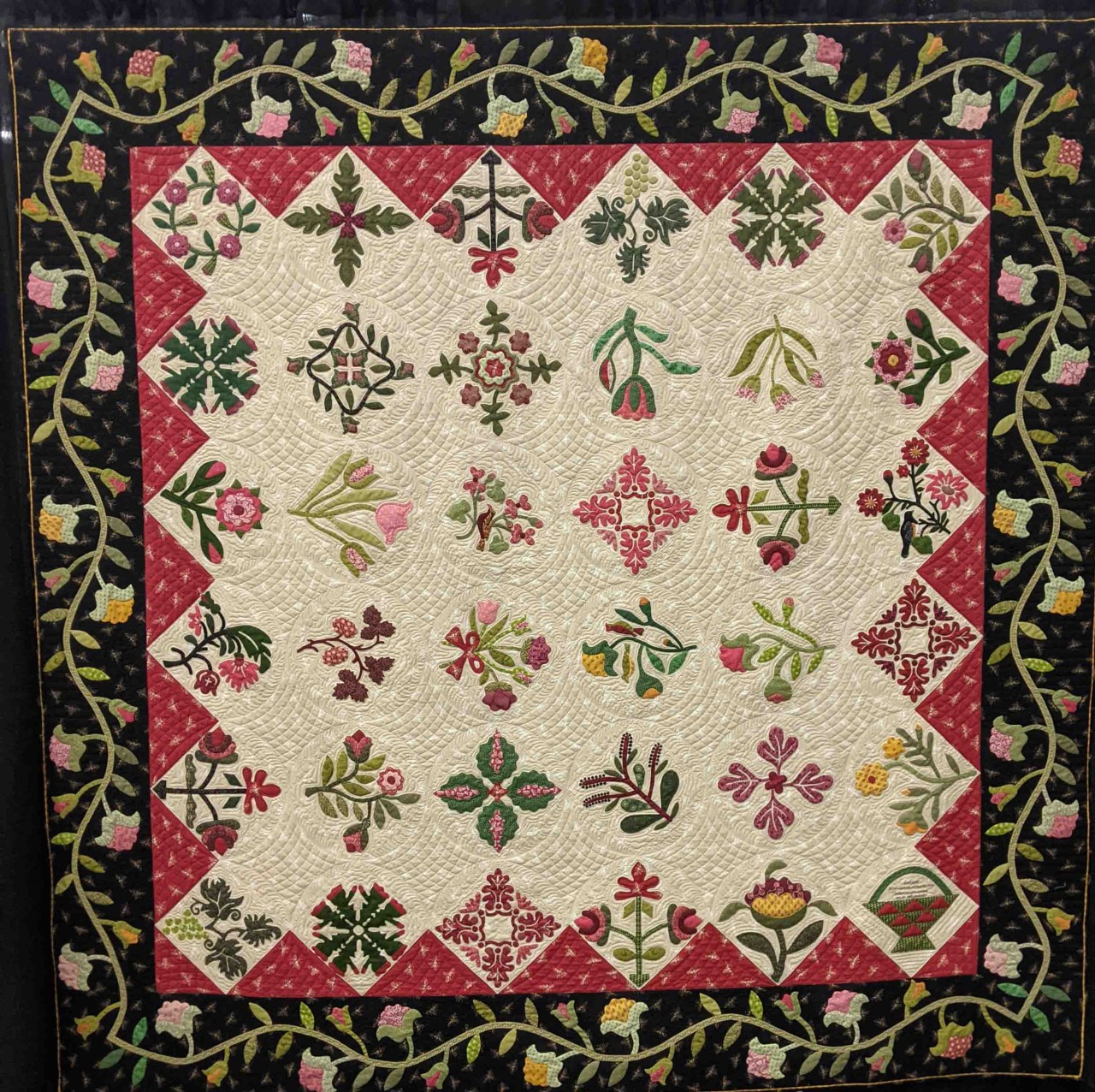
Triplett Sisters Block of the Month! Our first Block of the Month: “1856 Huguenot Friendship Quilt” just completed an exhibition at the Houston Quilt Festival. We had the original antique quilt, plus seven different versions of the quilt hanging for all to see. It was wonderful to view the variety of methods and approaches next to each other. We’ve worked on creating a video of the exhibition and when it is available, we will post on our YouTube page. Until then, I’ve included photos of the quilts in this blog. We also plan to have an exhibition of our second Block of the Month: "The Wedding Album Quilt." (Don’t worry, if you haven’t started yet, everyone works at their own pace.) In fact, I hadn’t started yet either, because as a single person I was...





